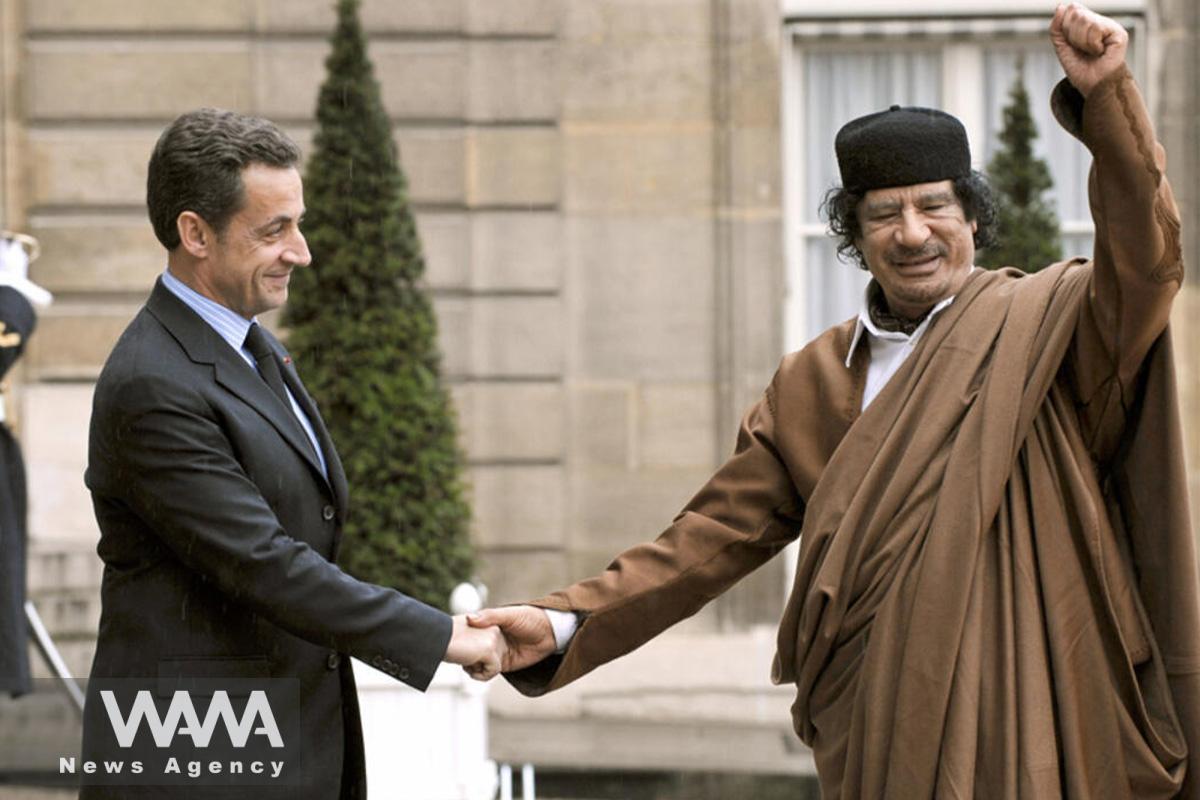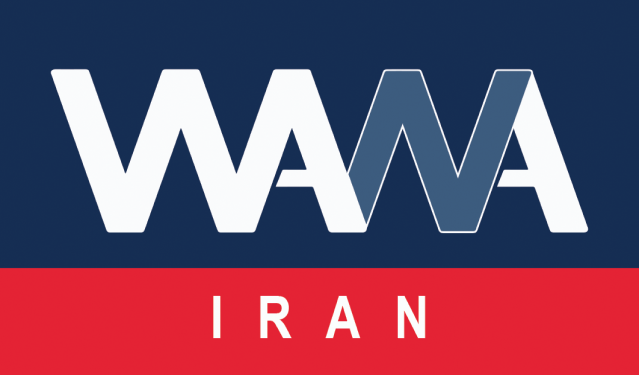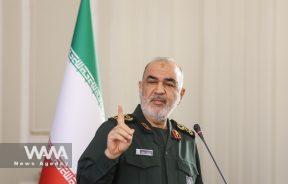Gaddafi: A Gullible Leader Turned Victim
WANA (Feb 18) – On January 30, 2025, Iran’s Supreme Leader addressed the Air Force commanders, warning about the “bitter experience of trusting America.” This phrase quickly went viral among Iranians on social media.
In response, the WANA News Agency is launching a series of articles highlighting other nations’ bitter experiences with trusting the U.S. and the consequences they faced.
Read part one here.
#Iran ‘s Supreme Leader:
“#Negotiating with the #US is not intelligent, rational, or honourable, and it does nothing to resolve the country’s issues. The reason? Experience!
In the 2010s, we negotiated with the U.S. and several other countries for about two years, leading to an… pic.twitter.com/tGJHp0WRI1— WANA News Agency (@WANAIran) February 7, 2025
Part Two: Libya
In 2003, Muammar Gaddafi, who had ruled Libya for over three decades, made a decision that was supposed to change his country’s history.
Once a symbol of resistance against the U.S. and the West, he abruptly altered his course, abandoned his weapons program, paid compensation, and placed his trust in America.
Fresh off the Iraq war, George W. Bush and Tony Blair hailed this deal as a “diplomatic victory.” But less than a decade later, the same U.S. and Europe that had promised Libya a return to the international community sent NATO bombers over Tripoli—this time under the pretext of supporting protesters.
How Did Libya End Up on America’s Blacklist?
To understand why Gaddafi made this decision, we must go back to the 1980s, when Libya was considered one of the U.S.’s fiercest adversaries. Gaddafi supported armed groups worldwide, from Palestine to Ireland.
In 1986, Ronald Reagan’s administration declared him a direct threat and bombed Tripoli and Benghazi. Even Gaddafi’s home was targeted, resulting in the death of his daughter.
The tension escalated further in 1988 when Pan Am Flight 103 exploded over Lockerbie, Scotland, killing 270 people. The U.S. and the U.K. immediately blamed Libya and demanded the extradition of suspects.
Gaddafi initially resisted but ultimately, under crippling sanctions, handed over two intelligence officers in 1999. One of them, Abdelbaset al-Megrahi, was sentenced to life in prison. However, it became evident that the Lockerbie case was merely a pretext to contain Libya—Washington did not ease its pressure even after this concession.
Then, in 2003, the U.S. invaded Iraq and toppled Saddam Hussein. This rang alarm bells for Gaddafi, as Washington had already labelled Libya a “rogue state.” With Libya’s economy suffering under sanctions, Gaddafi saw no choice but to strike a deal with the U.S.

Libya’s Concessions and the Broken Promises of the West
In a dramatic turn, Gaddafi not only took responsibility for the Lockerbie bombing and paid $2.7 billion in compensation, but he also dismantled his nuclear and chemical weapons programs. Libya abandoned its uranium enrichment facilities, and components of its nuclear program were shipped to the U.S.
For George W. Bush, this was a major diplomatic win—proof that diplomacy, alongside war, could force nations into compliance. Bush declared: “Gaddafi made the right choice. This proves there is an alternative to war for disarmament.”
In return, the U.S. and Europe promised Libya reintegration into the global community. Diplomatic ties were restored, lucrative oil contracts were signed, and Gaddafi was welcomed as a reformed leader at African Union and UN meetings. But this was merely the surface.
Gaddafi believed these actions would guarantee his country’s security. However, the assurances were only on paper.
Sanctions were gradually eased but not at the pace Libya had expected. Western investments flowed in, but so did foreign influence. Gaddafi thought he was entering a win-win deal—only to realize that the U.S. was the one setting the rules.
2011: When America Turned Its Back on Gaddafi
In 2011, as the Arab Spring protests spread to Libya, Gaddafi assumed his improved relations with the West would shield him from internal threats. Instead, the U.S. and Europe quickly turned against him.
NATO, which had signed cooperation agreements with Libya just years earlier, now launched a massive bombing campaign under the pretext of “protecting civilians.” NATO conducted over 26,000 airstrikes, ultimately leading to Gaddafi’s capture and death in his hometown of Sirte—the same man who, just years before, had hosted Western leaders in his desert tent.

The Consequences of a Misplaced Trust
After Gaddafi’s fall, Libya plunged into chaos. Armed groups, rival factions, and extremist militants tore the country apart.
The West, which had claimed to “liberate Libya” through military intervention, did nothing to rebuild it. Instead, they allowed Libya to descend into a prolonged civil war.
By trusting American promises, Gaddafi surrendered all his deterrents. But rather than securing Libya’s safety, this move sealed his downfall.
And Libya’s story wasn’t unique. This scenario repeated itself in the years that followed—from Ukraine to Afghanistan.
Gaddafi agreed to disarm, but the threat never disappeared. The same countries that once smiled at him ultimately pulled the trigger.













